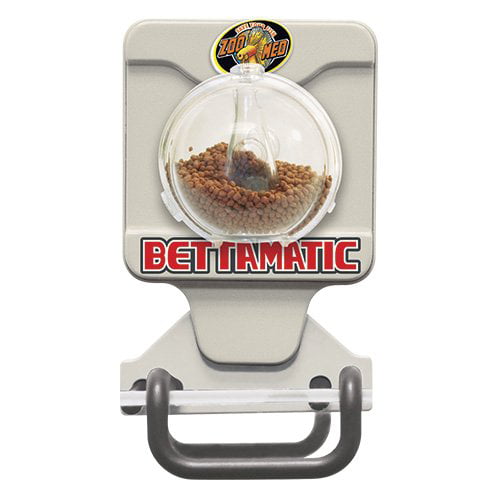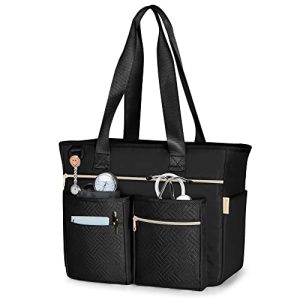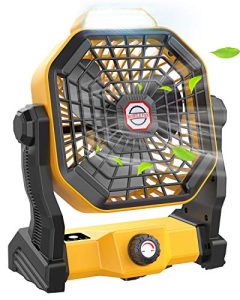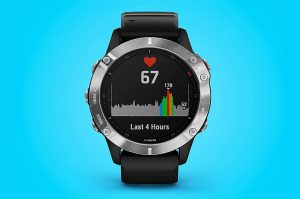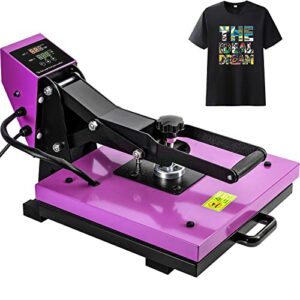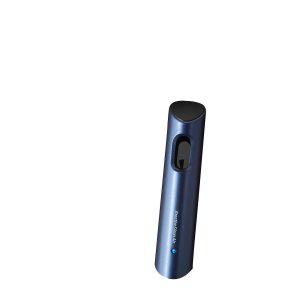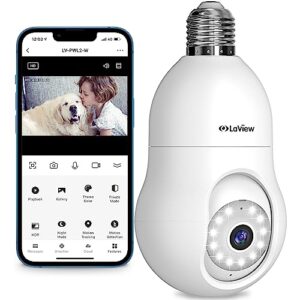Contents
Are you tired of constantly having to manually feed your betta fish? Well, look no further! In this article, you will learn how to effectively use an automatic betta fish feeder to ensure that your beloved pet is well-fed and taken care of. Say goodbye to the hassle of daily feedings and hello to convenience and peace of mind. Let’s dive right in and discover the wonders of an automatic betta fish feeder!
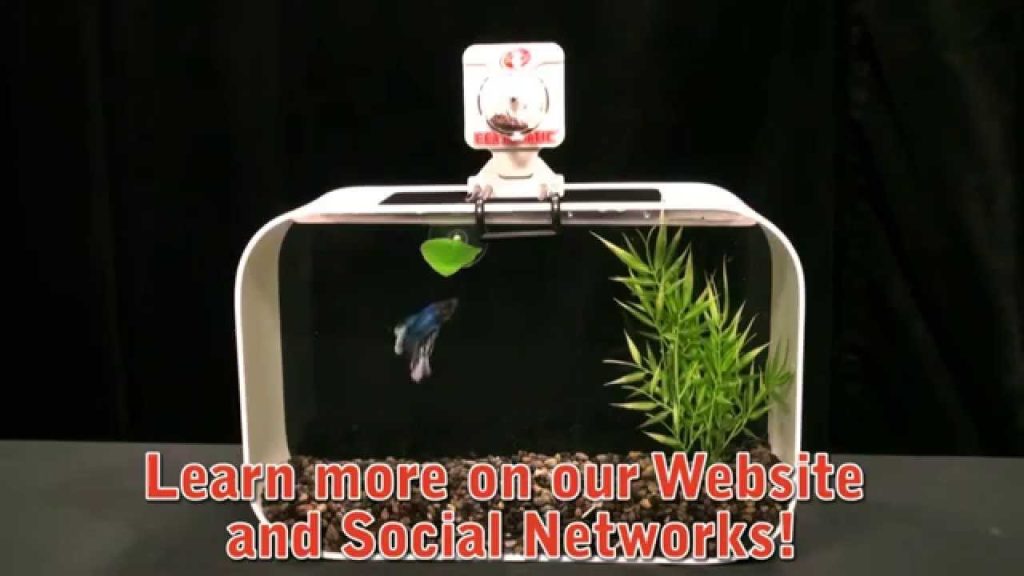
Setting up the Automatic Betta Fish Feeder
Choosing the right location
When setting up your automatic betta fish feeder, it’s important to choose the right location for it. The ideal spot should be stable and secure, away from direct sunlight, and at a height that is easily accessible for both you and your fish. Additionally, make sure the feeder is placed a safe distance from the water to prevent any accidental spillage or water damage.
Assembling the feeder
Assembling your automatic betta fish feeder is a relatively straightforward process. Most feeders come with detailed instructions, so be sure to read them carefully before starting. Generally, you’ll need to attach the main body of the feeder to the base or mounting bracket, and then secure it in place using screws or adhesive. Make sure all components are properly aligned and securely fastened to avoid any mishaps.
Setting the feeding schedule
Before you can start using your automatic betta fish feeder, you’ll need to set the feeding schedule. This is an important step to ensure your fish are fed at the right times and in the right quantities. Consult with a veterinarian or do some research to determine the optimal feeding frequency for your betta fish. Once you have this information, program the feeder accordingly, taking into account the specific needs and habits of your fish.
Programming the Feeder
Understanding the control panel
Understanding the control panel of your automatic betta fish feeder is essential for successful programming. Familiarize yourself with the different buttons and their functions. Most feeders have a simple interface with buttons for adjusting feeding times, portion sizes, and other customizable settings. Take your time to explore the control panel and read the user manual if needed.
Setting the time
Setting the correct time on your automatic betta fish feeder is crucial to ensure accurate feeding. Most feeders have a built-in clock that allows you to set the current time. Make sure to adjust the time according to your local time zone and daylight saving settings. This will ensure that your fish are fed at the correct times, promoting their overall health and well-being.
Adjusting the portion size
Different betta fish have different dietary requirements, so it’s important to adjust the portion size on your automatic feeder accordingly. Consult with a veterinarian or refer to the packaging of the fish food for recommended serving sizes. Most feeders allow you to increase or decrease the portion size based on your fish’s needs. Experiment with different portion sizes to find the right balance for your betta fish.
Maintaining the Feeder
Cleaning the feeder
Regularly cleaning your automatic betta fish feeder is necessary to ensure the health and safety of your fish. Over time, food particles may accumulate inside the dispenser, leading to bacterial growth or blockages. To clean the feeder, first unplug it from the power source. Remove the food container and rinse it thoroughly with warm water. Use a soft brush or sponge to remove any stubborn residue. Allow all components to air dry before reassembling the feeder.
Refilling the food container
Another important aspect of maintaining the automatic betta fish feeder is refilling the food container. Depending on the feeding schedule and portion sizes, you may need to refill the container every few days or once a week. Always use high-quality betta fish food and avoid overfilling the container to prevent waste and potential clogging. Additionally, ensure that the food is fresh and free from moisture to maintain its nutritional value.
Troubleshooting Common Issues
Feeder not dispensing food
If your automatic betta fish feeder is not dispensing food, there could be several possible reasons. First, check if the dispenser is properly aligned and not clogged. Food debris or blockages can prevent the food from being dispensed. Clean the dispenser thoroughly and remove any obstructions. Additionally, ensure that the feeder is properly programmed and has sufficient power supply. If the issue persists, consult the user manual or contact customer support for further assistance.
Food getting jammed
Sometimes, small particles of fish food can get stuck or jammed in the automatic feeder’s mechanism, leading to dispensing issues. To resolve this problem, unplug the feeder and carefully disassemble it. Clean the dispenser and all moving parts with warm water to remove any trapped food particles. Be gentle when reassembling the feeder to avoid damaging any components. Regular cleaning and using high-quality fish food can help prevent future jamming issues.
Feeder not turning on
If your automatic betta fish feeder is not turning on, there could be a few possible causes. First, check if the batteries or power source are properly connected and functional. Some feeders may have a power button or switch that needs to be turned on. If the power source is functioning correctly, but the feeder still does not turn on, there may be an issue with the internal circuitry or wiring. In this case, it is best to contact the manufacturer for further guidance or consider getting a replacement.
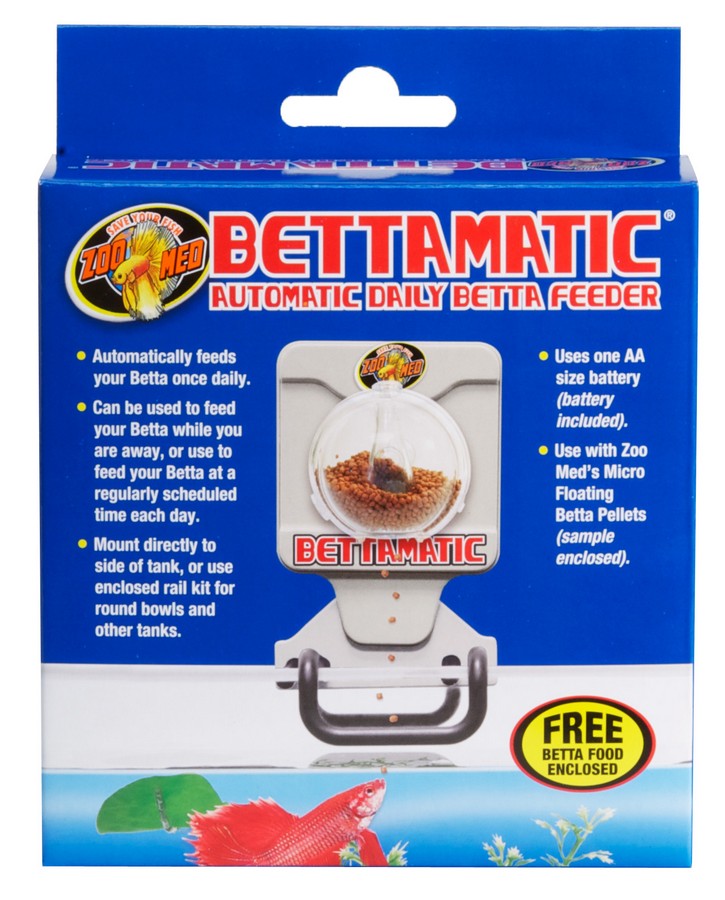
Understanding Betta Fish Feeding Habits
Feeding frequency
Betta fish have unique feeding habits that should be taken into consideration when using an automatic feeder. These beautiful fish thrive on a varied diet and are typically accustomed to frequent feedings. It is recommended to feed betta fish small meals multiple times a day, rather than a single large feeding. A good feeding schedule for betta fish is two to three feedings per day. However, consult with a veterinarian or do some research to determine the specific feeding requirements for your betta fish.
Recommended types of food
Betta fish are carnivorous and primarily consume meat-based foods. Their diet should mainly consist of high-quality betta pellets or flakes specially formulated for their nutritional needs. In addition to this staple food, you can also supplement their diet with freeze-dried or frozen foods such as bloodworms or brine shrimp. These protein-rich treats help provide essential nutrients and add variety to their diet. However, it’s important to avoid overfeeding or using low-quality fish food that may contain fillers or unhealthy ingredients.
Portion sizes
When using an automatic feeder for your betta fish, it’s crucial to get the portion sizes right. Overfeeding can lead to obesity and various health issues, while underfeeding can result in malnutrition and stunted growth. Carefully follow the instructions provided by the manufacturer of the feeder, as they often include guidelines for recommended portion sizes. It may take some trial and error to find the perfect portion size for your betta fish, so monitor their behavior and adjust accordingly.
Benefits of Using an Automatic Feeder
Ensuring regular feeding
One of the key benefits of using an automatic betta fish feeder is that it ensures regular and consistent feeding for your fish. With a pre-programmed schedule, your betta fish will receive their meals on time, even if you are unavailable or forgetful. Regular feeding helps maintain their health, promotes growth, and contributes to their overall well-being.
Reducing chances of overfeeding
Overfeeding is a common issue among betta fish owners, as it can lead to various health problems. By using an automatic feeder, you can accurately control the portion sizes and feeding frequency, reducing the chances of overfeeding. With precise measurements and scheduled feedings, you can help prevent obesity, bloating, and digestion issues in your betta fish.
Convenience for vacations
An automatic betta fish feeder provides convenience, especially during vacations or when you’re away from home for an extended period. By setting up the feeder with the appropriate schedule and portion sizes, you can ensure your fish are well-fed even when you’re not physically present. This feature allows you to enjoy your time away without worrying about the feeding routine of your betta fish.
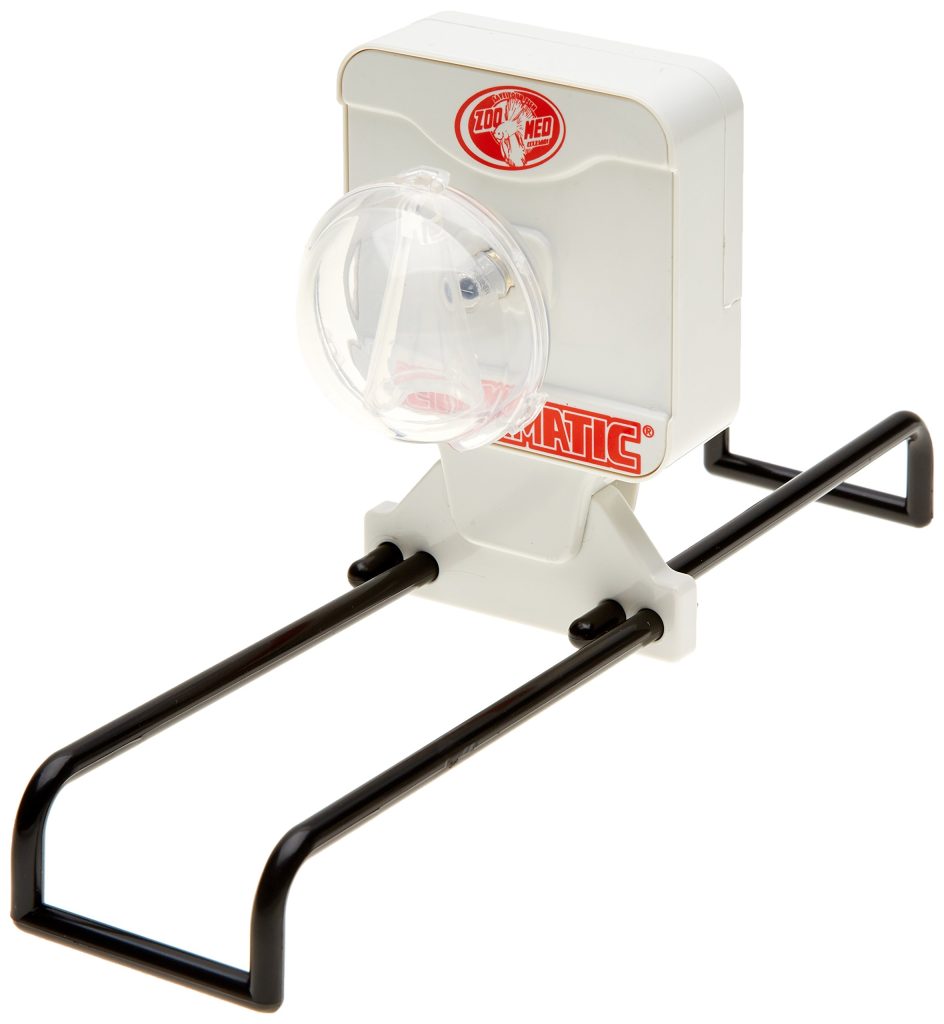
Considerations Before Using an Automatic Feeder
Compatibility with betta fish
While automatic feeders are a great solution for many types of fish, it’s important to ensure their compatibility with betta fish. Betta fish have specific feeding habits and may be more prone to overeating or disregarding food that floats on the water’s surface. Some automatic feeders may not dispense the food in a way that bettas are used to, so it’s essential to choose a feeder designed specifically for betta fish or one that offers customizable features to meet their unique needs.
Quality of the feeder
When selecting an automatic betta fish feeder, it’s important to consider the quality of the product. A reliable feeder should be made from durable materials and have a sturdy construction to withstand daily use. Look for feeders with positive customer reviews and reputable brands that offer warranties or customer support. Investing in a high-quality feeder will ensure its longevity and minimize the risk of malfunctions or feeding inconsistencies.
Monitoring fish behavior
Although an automatic betta fish feeder provides convenience, it’s still crucial to monitor your fish’s behavior and feeding habits regularly. Even with the best programming, your betta fish may have individual preferences or feeding quirks that need attention. Watch for any changes in their appetite, activity levels, or physical appearance. This way, you can make necessary adjustments to the feeding schedule or portion sizes to meet their evolving needs.
Alternative Feeding Options
Manual feeding
While automatic betta fish feeders offer convenience, manual feeding still remains a viable option. This allows you to have direct control over the feeding process and to observe your fish’s behavior while they eat. Manual feeding also enables you to provide live or frozen foods as treats occasionally, which may not be compatible with all automatic feeders. Consider your personal preferences, schedule, and the specific needs of your betta fish when deciding between manual and automatic feeding.
Sitters or neighbors
If you’re going away for an extended period and prefer not to rely solely on an automatic feeder, you can enlist the help of a trusted sitter or neighbor. This option provides a human presence and allows someone to physically observe and interact with your betta fish while you’re away. Be sure to provide detailed instructions on feeding schedules, portion sizes, and any specific care requirements to ensure the well-being of your fish in your absence.
Remote feeding devices
For the tech-savvy betta fish owners, remote feeding devices offer an advanced solution. These devices connect to your smartphone or home automation system, allowing you to control the feeding process from a remote location. Remote feeding devices often come with additional features such as live camera feeds, activity monitoring, and adjustable feeding options. Consider your budget, technical preferences, and the specific needs of your betta fish when exploring remote feeding devices as an alternative option.

Summary and Conclusion
Using an automatic betta fish feeder can greatly simplify your feeding routine and ensure the well-being of your fish. By carefully selecting the location, assembling the feeder, and setting the feeding schedule, you can provide regular and appropriate meals for your betta fish. Understanding the control panel and programming the feeder accurately are essential for optimal results. Regular maintenance, troubleshooting common issues, and considering betta fish feeding habits will further enhance the effectiveness of the automatic feeder. While there are alternative feeding options available, an automatic feeder offers convenience, reduces the chances of overfeeding, and proves to be incredibly useful during vacations or times when you’re away from home. However, remember to monitor your betta fish’s behavior and adjust the feeding routine as needed for their individual needs.
FAQs
Can any betta fish feeder be used?
Not all betta fish feeders are compatible with the specific dietary needs and feeding habits of betta fish. It is important to choose a feeder designed for betta fish or one that offers customizable programming options to suit their unique requirements. Read product descriptions, customer reviews, and consult with a veterinarian if necessary to ensure you select the right feeder for your betta fish.
How long can the feeder go without refilling?
The duration for which an automatic betta fish feeder can go without refilling depends on the feeding schedule and portion sizes programmed into the device. Some feeders can hold enough food to last up to a week, while others may require refilling every few days. Read the manufacturer’s instructions for the specific capacity of the feeder and adjust your expectations accordingly.
Can multiple betta fish be fed simultaneously?
Feeding multiple betta fish simultaneously using an automatic feeder can be challenging. Betta fish are territorial and may display aggressive behavior towards one another during feeding. It is generally recommended to separate betta fish during meal times to prevent fights and ensure each fish receives its fair share of food. If you have multiple betta fish, consider using separate feeders or manually feeding each fish individually to avoid conflicts.
